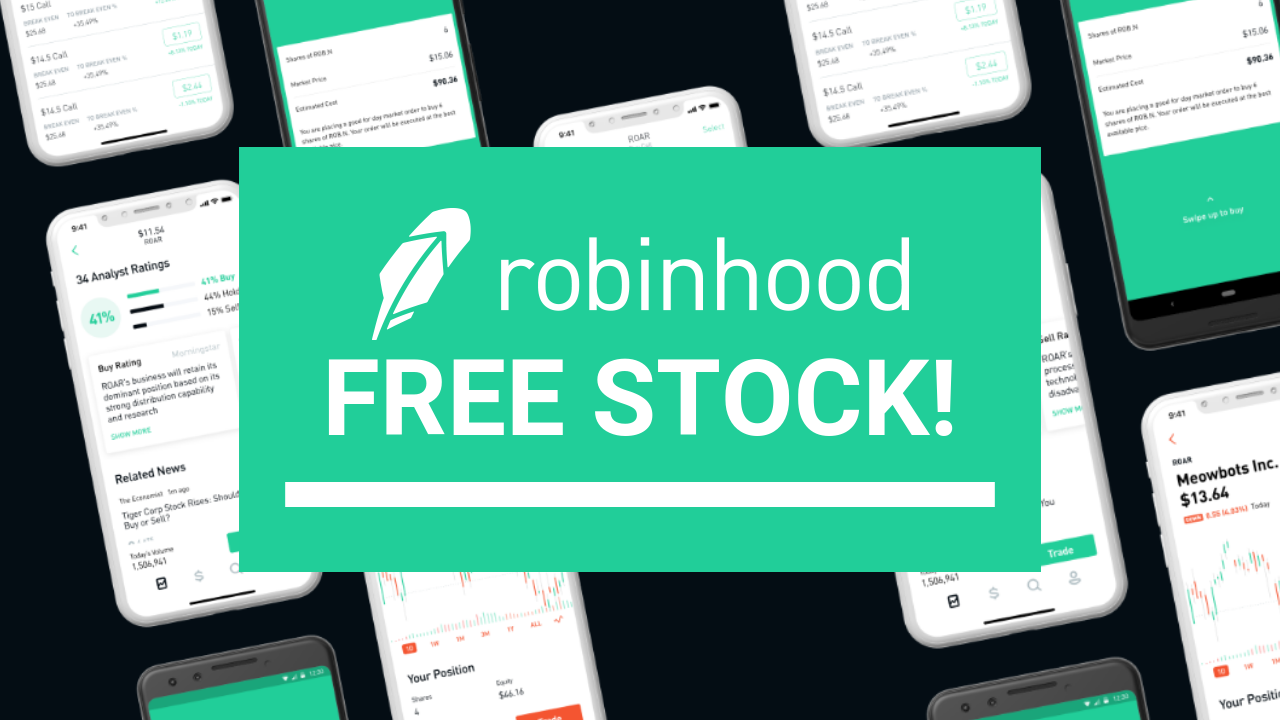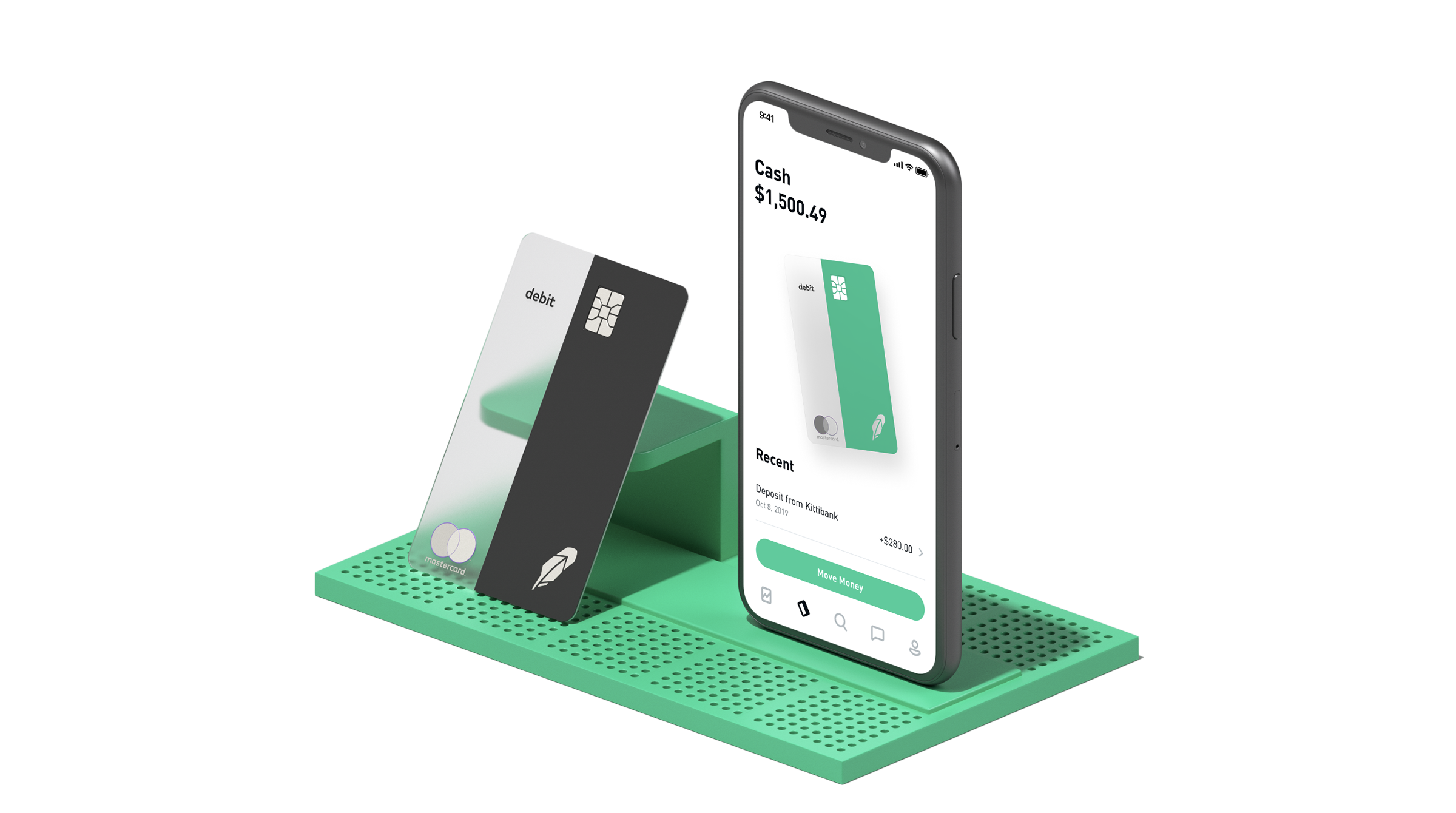How Crypto Could Be Like the Music Industry

To envision the future of crypto, I keep trying different analytical tools. This time around the concept of relevance is focality, by which I mean the part of the system at which consumers direct their attention. Focality could determine whether crypto ushers in an era of dystopian inequality, or whether most of its benefits accrue to broader society.
That all sounds quite abstract, so consider a simple example from the world of music. Famous artists such as the Beatles or Taylor Swift attract attention with their very names — in other words, they have become focal. Then there are performance spaces or bars that are known for putting on good music, such as the Blue Note or, in an earlier era, the Fillmore. In this case, the venue is focal.
One scenario is that ordinary Americans will simply find crypto too confusing to deal with directly. Rather than choosing their favorite crypto assets, DeFi investments and NFT providers, they will outsource their decisions to well-known intermediaries. Imagine entering into a crypto contract with a company you have an established relationship with, such as a social media company, your bank or perhaps your labor union. The intermediary would deliver a “crypto package,” tailored to the needs of a broad swath of customers.
Consumers might be better off — but the crypto world would be boring. Many of its advantages would be captured by these well-capitalized intermediaries. Furthermore, problems of censorship would reemerge, because these reputation-conscious intermediaries will not want to offer all possible crypto products. They might not give you ready access to a crypto-reformulated version of Twitter, for example, where writings are recorded on the blockchain and posters cannot be censored.
Another very different scenario: Users focus their attention on the crypto assets themselves, such as Bitcoin, Ether or Dogecoin. That kind of user focus would mean many of the gains of crypto accrue to the early crypto asset holders. Intermediaries (e.g., Coinbase) can earn a return, but the real brand name value would be held by the crypto asset itself.
Much of today’s crypto world looks like this, though it may not last as crypto broadens in applications and use. If you are long current crypto assets, you may be hoping for this kind of scenario to extend itself, because those assets will accumulate much of the value from higher crypto demand.
Yet another scenario: What if the attention of consumers were focused on the crypto innovators, who in this case would be analogous to better-known musical artists? One person may think “I like the DeFi options at Uniswap,” while another may say, “I am going to use the prediction markets over at Hedgehog.” In this scenario there is relatively little intermediation and heavy competition for consumer attention. Thus most of the gains from competition accrue to the users.
Customers would use or own or invest in crypto in a variety of ways, just as they listen to music on LPs, CDs, MP3s and streaming services. And in the same way that people share their playlists, crypto users could issue their own tokens (currencies) if they wanted, or serve as their own banks in the sense of making their own lending decisions and executing them autonomously.
So you can be bullish on crypto’s future without being bullish on current crypto prices. For a simple analogy, Spotify and YouTube have greatly expanded music’s reach, but overall the price of recorded music has fallen, and many performers earn much less than did their peers in the LP era. Or consider the agriculture sector, defined broadly: It has done very well over the last few centuries, but food prices have fallen rather than risen, due to higher output and greater competition.
One conclusion here is that to know where crypto is headed, sociology is as important as economics. Crypto will continue to be surprising because people see it not just as a way to make money, but as a way to make meaning of their lives.
This column does not necessarily reflect the opinion of the editorial board or Bloomberg LP and its owners.
In : Technical Analysis
Tags: how crypto could be like the music industry

























